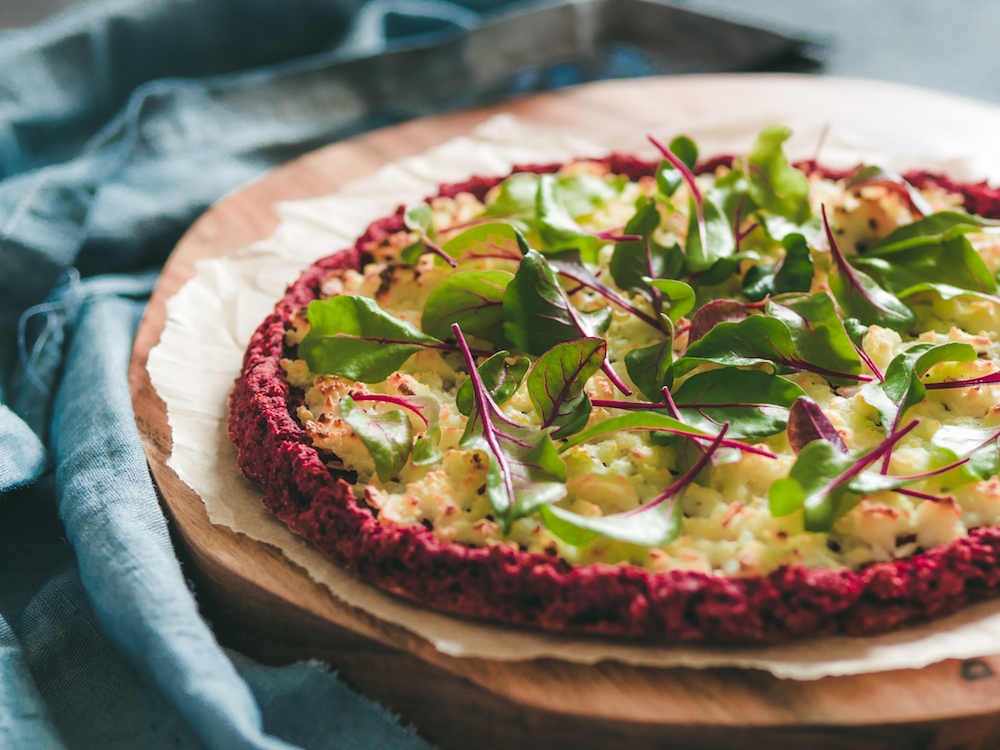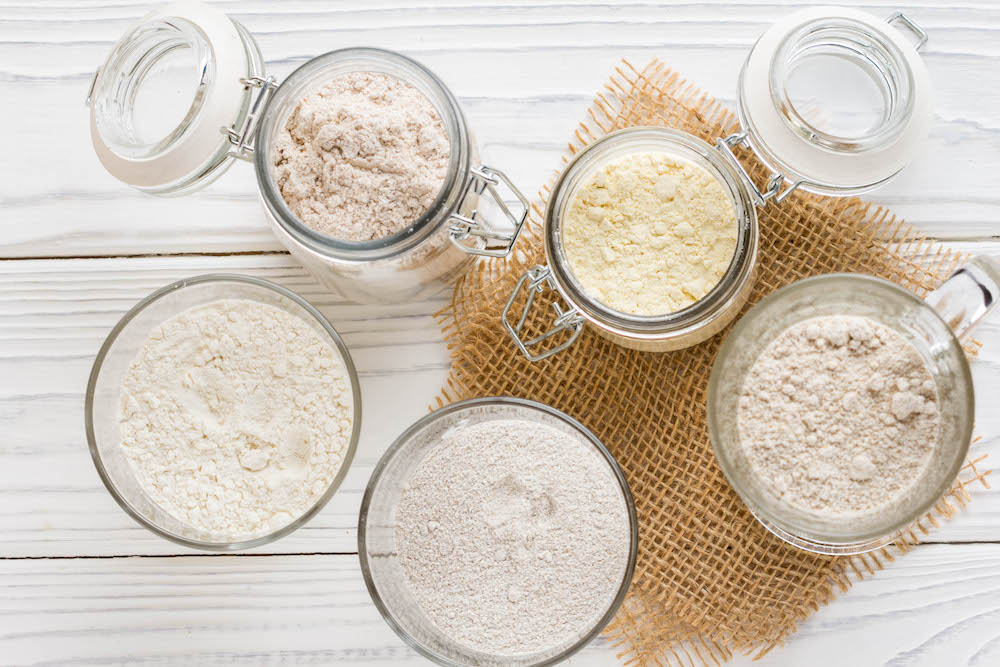By Jeff Zeak
Pizza is an ancient food, born of the need to find a simple way of enriching bread to make it more substantial and tastier. The most interesting thing about pizza is its variety. The universal success of pizza is contained within a fairly simple formulation and in the many transformations that are accomplished by simply adding or replacing one or more components. The number of variations is countless, considering the different toppings, sauces and dough/crust types that can be combined together. This article will focus on variations within the base of the pizza and the wide varieties of alternative pizza crusts that can be used to produce them.
Think of the many different styles, shapes and procedures used to produce pizza crusts and associated pizza products: regional styles such as the St. Louis cracker, New York thin, Neapolitan thin, Sicilian thick, Chicago deep-dish; concepts including take-and-bake, oven-rising or gluten-free; and everything else in between. Spread ingredients over the top of dough and you have a pizza. Gather ingredients in the center of that dough, fold it in half and you have a calzone. Or spread ingredients over the dough, roll it up and you have a Stromboli!
Related: Gluten-free pizza crusts can attract a new segment of loyal customers
Numerous ready-made flatbreads—such as naan, flour or corn tortillas, par-baked pizza crusts and English muffins—can be topped like a pizza and baked. Pocket breads such as pita can be topped and baked like a pizza or sliced vertically so the pocket can be opened and filled with toppings. Ciabatta, focaccia and French bread can be sliced and topped like a pizza. Bruschetta (bread that has been sliced, coated with oil and toasted) can also be used as the base crust for a pizza.
Alternative pizza crusts can be made from a wide variety of milled and whole grains, fibers, seeds and nuts, including wheat, bulgur, spelt, durum, emmer, kamut, amaranth, barley, buckwheat, rye, corn, oats, millet, sorghum, teff, triticale, rice, quinoa, and assorted seeds and nut meats. They can also be made with veggies like cauliflower, zucchini and spinach, or tubers (starches) such as potatoes, cassava, taro, tapioca. Finally, you can make alternative pizza crusts from legumes such as fava beans, chickpeas, soybeans, lentils and many other varieties.
Change Is Good
Some examples of ingredient additions or substitutions for alternative pizza crusts include:
Whole-wheat flour can be used to replace some or all of the regular flour in the formulation. If 100% of the white flour is replaced with whole-wheat flour, the resulting crust can be called “whole-wheat.” If the texture or flavor is found to be undesirable at 100% replacement, try substituting only 25% (or higher) of the white flour in the formula. This could be called “wheat crust” or “made with whole-wheat flour” but should not be called “whole-wheat crust,” since only a portion of the dough is made with whole-wheat flour.
Be aware that there are red and white whole-wheat flour varieties available. If the product is referred to as “whole-wheat” flour, it’s likely milled from a red wheat variety. The big difference between red and white whole-wheat flour is the flavor that it adds to the crust. A whole-wheat flour milled from a red wheat variety used at 100% in the formulation will add a bitter, “off” flavor to the crust from the tannin in the whole-wheat flour (similar to tannin found in wine, coffee and tea). A crust made with whole-wheat white flour has a more pleasant flavor with less bitterness due to the lower tannin content.
Video: Tom “The Dough Doctor” Lehmann takes a closer look at new pizza flours from Ceresota
Multigrain blends can also be used to replace a portion of the regular flour in the formulation. There’s no standard of identity or rules about the amount that needs to be added to the dough when it comes to calling something “multigrain.” Multigrain blends can also be added to whole-wheat dough. When using multigrain blends and whole-wheat flour in dough, some sweetness in the finished crust may be preferred and will help to enhance the flavor of the crust. Honey, molasses or white or brown sugar can be used at 3% to 4% based on the amount of flour added to the dough. But adding sweeteners to pizza dough is a matter of personal preference and isn’t necessary to provide food for the yeast. The more sweetener you add to a dough system, the more the resulting crust will brown/color during baking. If the crust browns too quickly or excessively during baking, the toppings may not be adequately baked/heated, and the crust may have an “off” or bitter flavor associated with the increased browning.

Gluten-free customers often look for alternative pizza crusts, such as this beetroot crust, that will allow them to continue eating their favorite food.
Masa flour provides what is best described as a corn chip flavor. It’s especially well-suited for those occasions where a “Tex-Mex” crust flavor is desired. Replace 15% of the regular white flour in the batch with yellow, white or blue masa flour. Be sure to use masa flour and not cornmeal, which will not give the same flavor. However, cornmeal can also be used in dough as a partial replacement for flour; again, 15% of the total flour is a good starting point. This addition works well in thick and deep-dish crusts, like those used in Chicago-style pizzas. The cornmeal can give the crust an interesting color difference and offer a unique mouthfeel in the baked crust.
We’ve given you some good ideas for getting started on creating your own alternative pizza crusts. But you’re probably wondering about gluten-free crusts and vegetable-based crusts. Take heart, there’s more to come in part 2 of this article!
Jeff Zeak was formerly a PMQ columnist and the pilot plant manager for AIB International. This article was edited and adapted from an earlier “Zeak’s Tweaks” article that appeared in the March 2011 issue of PMQ Pizza Magazine.















